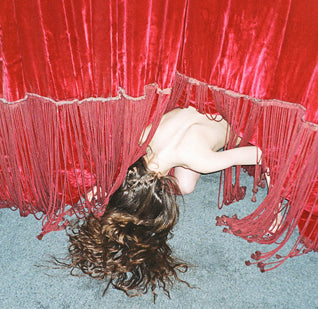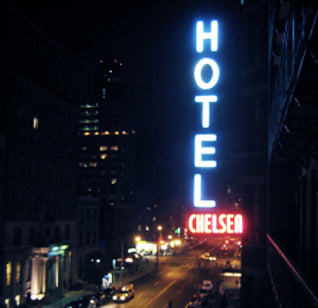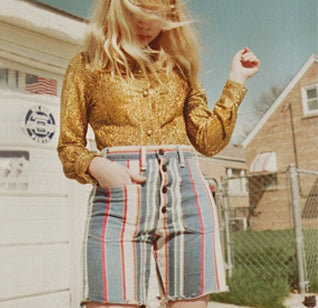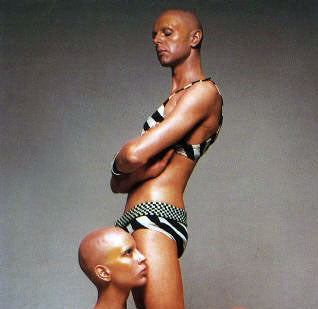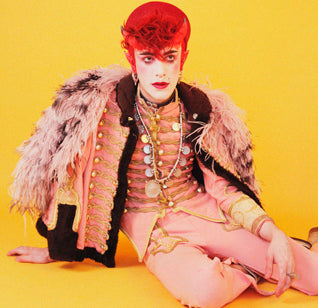BEWARE THE #ARTSELFIE
Selfies with artworks are now more popular than art itself
by Sivan Lavie
We live in a world of oversharing. From our personal political beliefs to what we had for lunch, it has become mainstream to shout to the world what we’re doing twenty-four seven. In this online-frenzy, we all own accounts on at least three social media platforms and thrive off the attention we get on them.
Seemingly, without this constant approval from others, it would be hard to justify our own existence. No longer is it enough to have an interesting experience; if we don’t post about it, then it didn’t really happen.

"It’s hard to resist taking a #museumselfie here." by meganleppla http://ift.tt/1idiMiL
The main manifestation of constant online updating is posting selfies. This is the simplest way to show off evidence of your fruitful life. Photos like, “chilling with my friends”, or “me in front of the Eiffel Tower”, show others that you’re busy doing fun things. Journalist Nimrod Kamer coined the term ‘selfiesteem’, pointing to the idea that we take selfies to boost our ego. High selfiesteem is concocted by high volumes of likes, retweets and instahearts; the more we get, the better we feel.
Therefore, if we only care about numbers, we need to think strategically. A selfie is most popular when we do something exciting, unusual, or culturally “cool”. Undoubtedly, things with some kind of prestige attached to them, like celebrities, give us the biggest boost on social media. If I post a photo of me and my friend at a nightclub I might get five likes. Me and Daniel Radcliffe at a nightclub? An easy fifty.

"Hang a car on your wall #museum #contemporary #art #car #museumselfie" by phuckyousince83 http://ift.tt/1qpw9kw
The thing is, do we enjoy ourselves when we meet celebrities if we’re lucky enough to bump into one? What do we get out of the experience? Meeting an inspirational figure is devalued, shallow and really selfish. Posing with them and posting a shared selfie, we are in fact using their face to increase our personal cultural capital, sucking their popularity in order to boost our own. The quality of the selfie is more important than the quality of the experience itself.
Artwork crafted by masters throughout history have become famous, now inducing the same reaction by the online audience that a tacky TV celebrity might. A selfie with Van Gogh’s Starry Night will get the same attention as a photo with Jimmy Kimmel, and the former is easier to locate. Thus, much like with the stars, we photograph ourselves with famous art pieces to enhance our own cultural capital. In a heartbeat we steal art that took years of mastery to create just to brag to our online friends.

by conceptualchocolate http://ift.tt/1ieW9FX
Through the years, acclaimed artworks have been integrated into our daily lives, infiltrating into our memory through their appearance in textbooks, online, framed, tacked to walls, or screen printed on t-shirts. This constant exposure renders artwork familiar, thus becoming iconic cultural references. So now, no one cares about a work’s meaning, why it’s special or beautiful, but only that it is famous.
You might go to the Louvre especially to see the celebrity painting the Mona Lisa, but it is not the experience of the artwork that is important, but instead the fact that you have been able to stand in front of it with your iphone. The average gallery visitor becomes a live reporter on the event, turning away from the tiny artwork hung behind bulletproof glass, pouting to the camera, taking a selfie, and with no delay, posting it online. Type #monalisaselfie into Instagram and get over six hundred recent results.
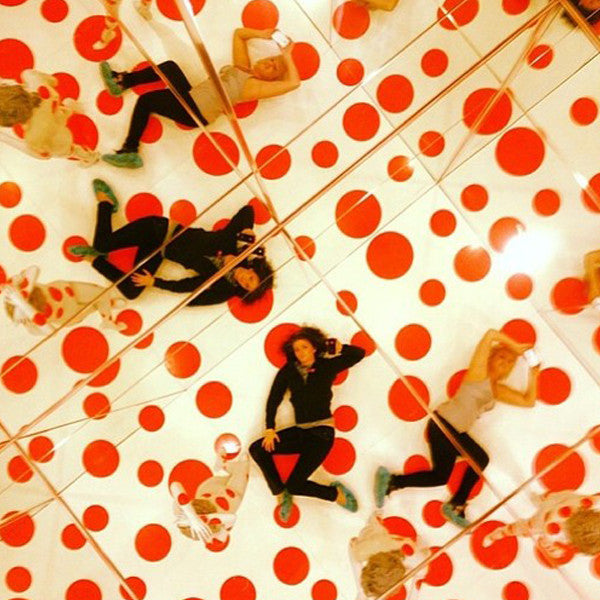
"Here’s a fun #Kusama photo that @jessmgreen took a few weeks back. #museumselfie" by mattressfactory http://ift.tt/1g4zMal
This is a selfish, superficial way of interacting with art, equating seeing artwork to a ritualistic, poser activity. We go to see the statue of David, the Birth of Venus, the Scream, which are all proof of extraordinary human creativity, and turn the experience into one that is so ordinary and routine that we forget what is special about these things in the first place. We stop ourselves from questioning why we are putting effort into visiting these artworks in person by reducing the images to #davidselfie, #birthofvenusselfie and #screamselfie.
Forget Picasso, Monet, Manet, Rembrandt, Van Gogh, their lives, hard work and artistic intentions, not to mention their copyrights. They’re famous and so we will do what we do best: use them momentarily for our own gain. Not only are we selfish, we also stopped thinking. We are devaluing the significance of being human by choosing to bypass genuine experiences and the powerful emotional effects that art can have on us, if only we take the time to appreciate it.
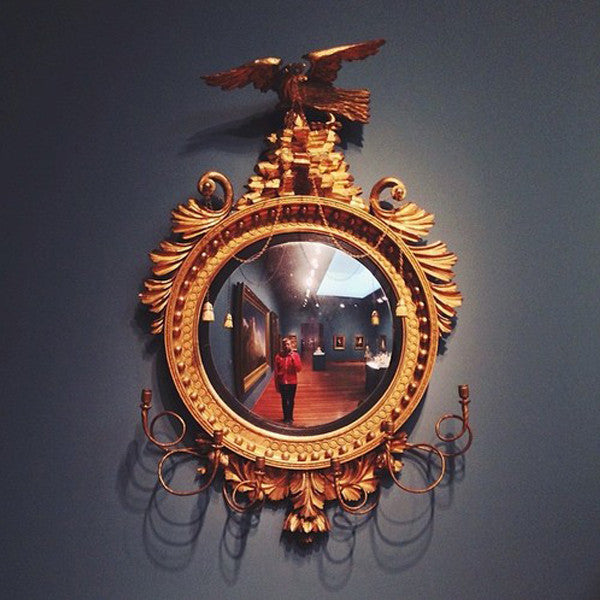
"#museumselfie" by tophwells http://ift.tt/1fCh0VN
Last week artist Jake Chapman proclaimed that children are too simplistic to visit art galleries, as they don’t understand the complexities of artwork. Perhaps he needs to reevaluate the contemporary audience and realize that children are the least of his concerns. And hey, they might be only ones actually looking at the artwork. The selfie army, on the other hand, doesn’t take a step back to soak in and appreciate the full picture. If you take a #lastsupperselfie you might get a hundred likes, but if you don’t turn off your cellphone and open your eyes, you will never appreciate the great beauty that is art.












